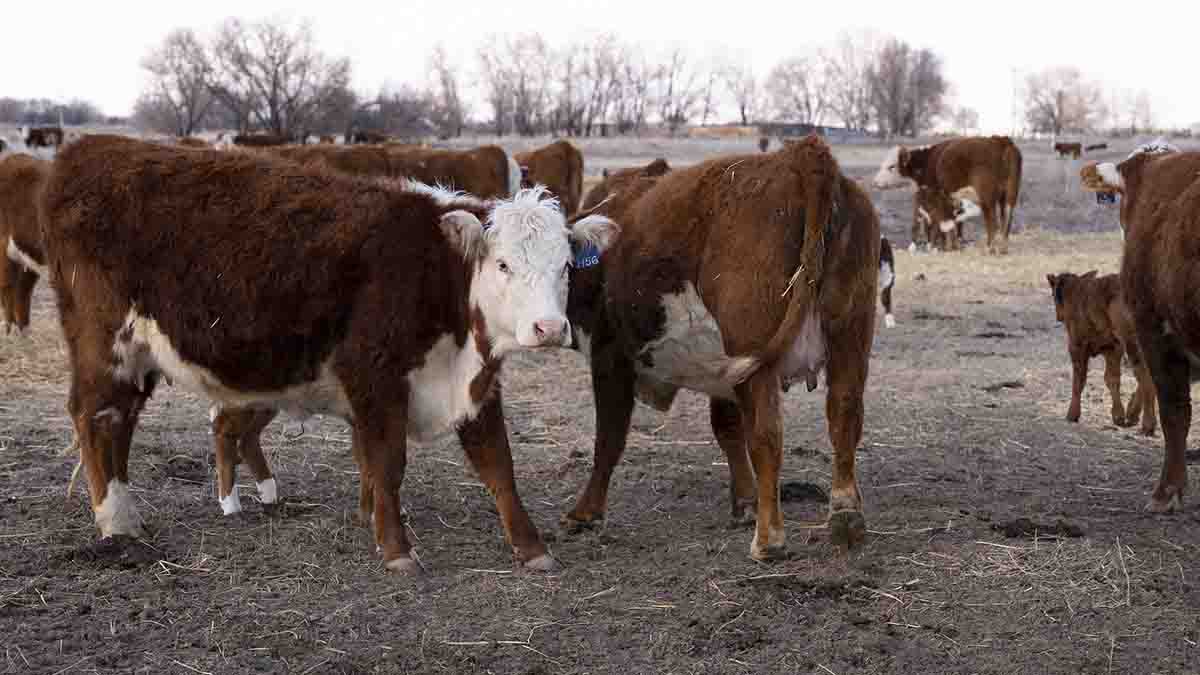Heifer Development Workshops
October 16, 2024
University of Idaho Extension beef experts have scheduled a series of workshops to help the state’s ranchers capitalize on the nation’s smallest beef herd in more than 60 years.
Heifer Development Workshops are scheduled for Nov. 6 at the Washington County Fairgrounds in Cambridge, Nov. 7 at the Oneida County Event Center in Malad and Nov. 8 at the Nancy M. Cummings Research, Extension and Education Center in Salmon. Workshops will cover how to select better heifers, effective and economical heifer development and strategies for improved reproduction, spanning from 9 a.m. to 3 p.m. The $10 registration fee includes lunch.
Extension specialists involved in the workshops include John B. Hall, covering reproduction; James Sprinkle, covering nutrition; Benton Glaze, covering genetics; and Extension economists Brett Wilder and Jessica Windh. Participating UI Extension educators include Sawyer Fonnesbeck, Oneida County; Cheyanne Myers, Canyon County; Tyler O’Donnell, Washington County; and Shannon Williams, Lemhi County. Dr. Lauren Christensen, a U of I veterinarian and assistant professor of mixed practice production medicine, will also participate.
As of Jan. 1, 2024, the U.S. cattle inventory was 87.2 million head, the smallest size since the U.S. Department of Agriculture (USDA) began tracking it in 1964. The most recent peak inventory occurred in 2019, when the national herd reached 94.7 million head.
“Developing bred heifers is one of the most expensive enterprises on the cow-calf operation and being able to do that effectively and efficiently and make the kind of heifers that are going to stay in the herd for a long time is going to be beneficial to us,” Hall said. “This is a good point in the cattle cycle to talk about how to do things better in heifer development to capture some of the advantage in the next cycle.”
Hall advises ranchers to consider heifer breeding soundness exams to help them select animals likely to become pregnant early each season, enabling them to remain in the herd for many years. Furthermore, genomic data and expected progeny differences (EPDs), which offer a prediction of an animal’s genetic ability to pass on traits, will help ranchers make optimal breeding decisions.
Despite the tight beef supply, Wilder believes it may still be another year before herd rebuilding begins, due to several factors.
Many producers must pay off debt and can’t afford to wait more than two years until heifers reach breeding age to recoup their investments, leading them to sell heifers for slaughter. Prices paid by packing facilities are attractive, as smaller plants that opened in recent years still require a steady supply of livestock to keep their facilities operating and their workers employed amid the shortage. Ranchers have an opportunity to sell bred heifers at a premium to other producers seeking to rebuild their herd. Ranchers represent an aging population, and some operators are leaving the industry with nobody in line to succeed them. Drought and wildfires throughout parts of the West and southwest have claimed rangeland, reducing grazing opportunities. Furthermore, consumer demand for beef remains historically strong.
“It would not be a shock to me to see the national beef inventory go down another 3-4%,” Wilder said.
Beef markets are volatile, and Wilder urges ranchers to protect themselves against sudden drops in calf prices by taking advantage of a new line item in USDA’s Livestock Risk Protection Insurance Program allowing them to lock in current prices for their unborn calves.
“If you are a producer of commodities, you have to focus on keeping costs in check, inputs in check and manage the price you receive, whether that’s through risk management tools or contracts,” Wilder said. “We are reaching a space in time where you cannot afford to not know your numbers and not know what your marketing opportunities are. If you are somebody who would like to brush up on those tools, attending these workshops would be a really great opportunity.”

About the University of Idaho
The University of Idaho, home of the Vandals, is Idaho’s land-grant, national research university. From its residential campus in Moscow, U of I serves the state of Idaho through educational centers in Boise, Coeur d’Alene and Idaho Falls, nine research and Extension centers, plus Extension offices in 42 counties. Home to nearly 11,000 students statewide, U of I is a leader in student-centered learning and excels at interdisciplinary research, service to businesses and communities, and in advancing diversity, citizenship and global outreach. U of I competes in the Big Sky and Western Athletic conferences. Learn more at uidaho.edu.






